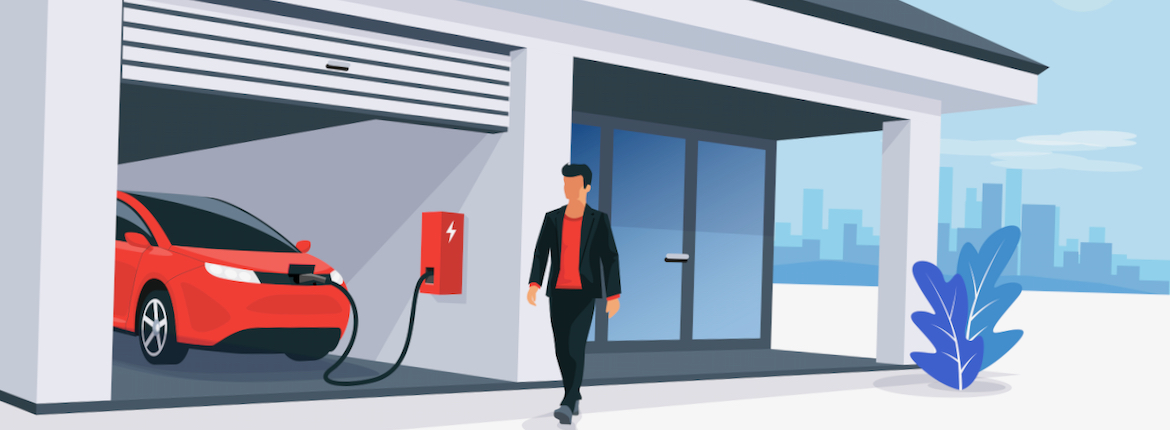
How to charge your EV at home
Cade Wilson provides advice on how to charge your EV at home
If you’re considering joining the EV club, you may be wondering about how best to charge your car. There are three main methods of charging: at home, overnight with an in-cable control box, at home via a fast charge wall box and at a public rapid charging station.
Charging at home overnight is the simplest, cheapest and most convenient way to charge; 90% of the time an EV will be charged this way. You may be able to take advantage of ‘off-peak’ electricity rates and some power companies offer special rates for EV owners.
Modifications may be required to modernise your wiring to allow safe EV charging or charger installation. If you want faster charging, specialistelectric vehicle supply equipment or an EV charge station will be required.
We recommend having a home assessment done by a qualified, professional electrician who isl ikely to be up to date with industry guidelines. Some car dealers offer home assessments, too.
Charging units that conform to New Zealand safety standards, with built-in safety features, are available from around $400 to $2,000, depending on capacity. Quality chargers are rated for use in all-weather conditions, with both indoor and outdoor installation options.
Some important tips to remember when charging an EV at home:
- Never use extension cords. They are not designed to handle the large amounts of electricity required to fully charge an EV. They can melt, catch fire, or create an electrification hazard.
- Be careful with adapters. Unless the adaptor has been approved by the charger manufacturer, it may not be built to an acceptable standard.
- When building a new house or garage, you can future-proof by thinking about the potential of an EV charger and power socket location and fitment.
- It is highly recommended that any charge unit or power supply installation be carried out by a licensed and qualified electrician familiar with New Zealand industry standards.
- We recommend that you inform your insurance company of your EV charging solution. They may have additional safety advice.
Reported by Cade Wilson for our AA Directions Spring 2021 issue
